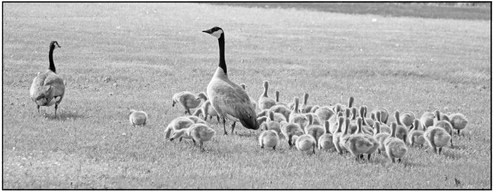Increase in deer activity requires motorists to be alert


Officials with the WisDOT and Wisconsin State Patrol, are reminding motorists to be extra alert for deer along roadways. Deer activity typically increases during May and June, as ...




